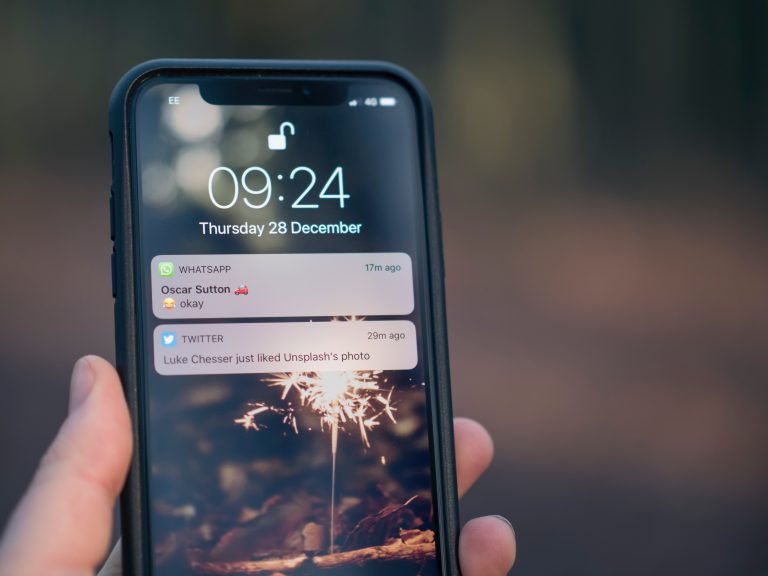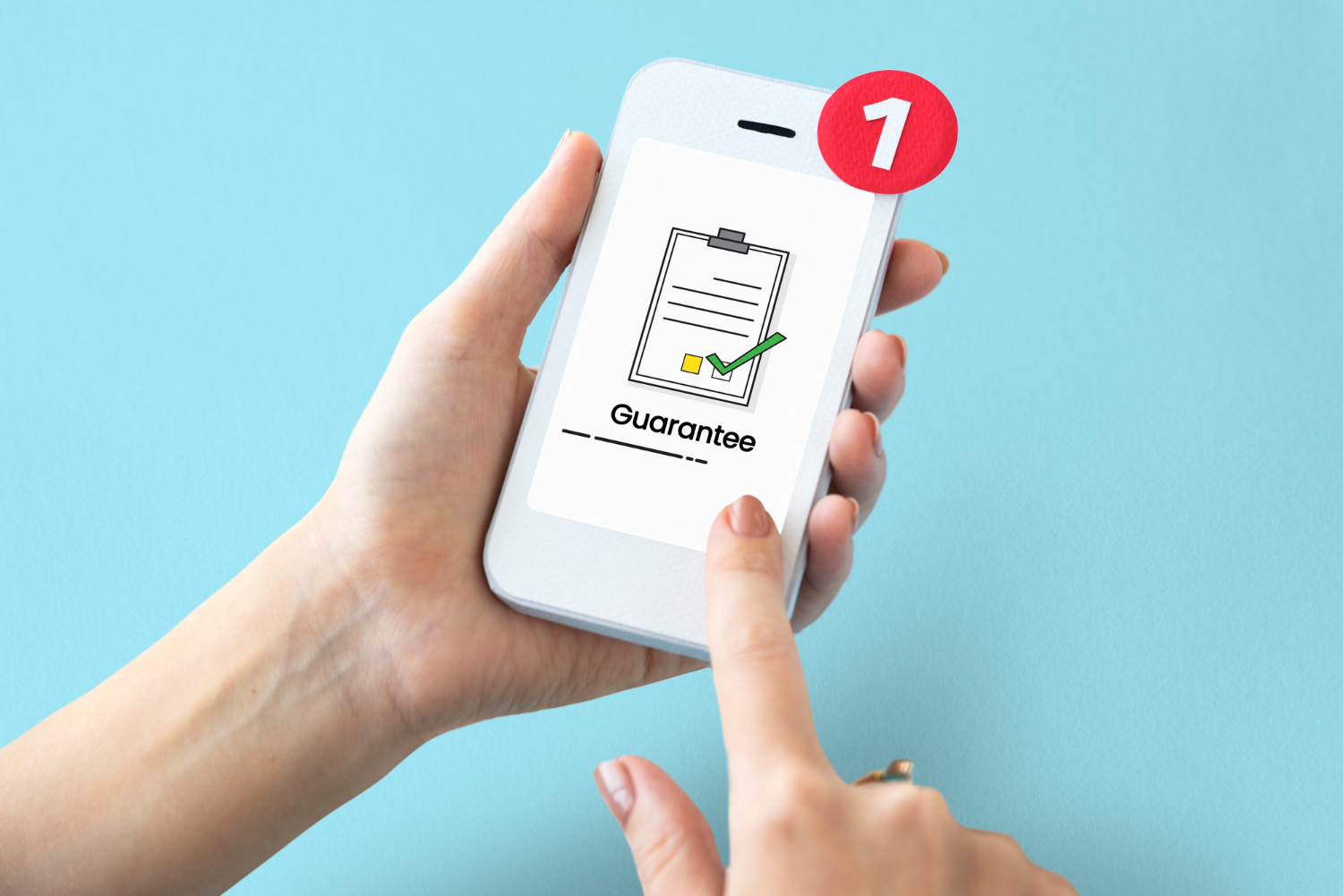
Push notifications are a powerful tool for app engagement, but it’s important to use them effectively. By following best practices for push notifications, you can increase user engagement and retention, while avoiding the negative consequences of overuse or irrelevant messaging.
What Is Push Notification and How It Works?
A push notification is a message that pops up on a mobile device to notify the user about an event or update. It is a way for app publishers to send messages directly to users, even when the app is not actively in use.
Here’s how push notifications work:
- The app publisher sends a push notification to the push notification service, which acts as a relay between the publisher and the user’s device.
- The push notification service delivers the push notification to the user’s device.
- The operating system on the user’s device receives the push notification and displays it to the user, usually in the form of a banner, alert, or badge.
The user can then interact with the push notification, such as by tapping on it to open the app or dismissing it.
Push notifications are used by app publishers to keep users engaged with their app and to provide timely and relevant information, such as breaking news alerts, sales promotions, and new content updates.
Push Notification Best Practices
a. Choose The Right Time To Send The Push Notification
An important aspect of push notifications is timing and frequency. Finding the right balance between sending too many notifications and not enough can be tricky, but testing different frequencies and times can help you figure out what works best for your app and audience.
b. Use A Clear and Concise Message That Sparks Interest
Make your notifications visually interesting and easy to understand by using emojis and images. Keep the message short and clear, and avoid using too many technical terms or jargon.
c. Personalize The Message For The User
Personalization is also important, using the user’s name in the message can increase the open rate. You can also consider personalizing your message based on your target audience’s interests, age, or personality if you can’t reach the information of your user’s name.
d. Give Control To Your Users
In addition to these tips, it’s also important to give the users control over the frequency of the notifications, and respect their time by not sending too many irrelevant ones. Allowing them to opt-out of certain types of notifications or turn off notifications altogether can help prevent users from uninstalling your app due to overwhelming ones. A/B testing is also a great way to see which notifications perform best.
e. Include a Call-To-Action (CTA)
What do you want your user’s to do? What kind of action you want them to take? Make sure to include a CTA to your message. For example, “Watch now, take a look, download now, try now, start a conversation, discover new features” etc.
f. Test And Optimize Your Push Notifications Using Analytics
In conclusion, push notifications are a powerful tool for app engagement, but it’s important to use them effectively. Relevance, personalization, timing and frequency, opt-out options, and the use of visual elements can all help increase the effectiveness of your push notifications and improve user engagement and retention. By following these best practices, you can ensure that your push notifications are well-received and drive the results you want for your app.
Push Notifications for Android
In Android, push notifications are typically implemented using Firebase Cloud Messaging (FCM), which is a cross-platform messaging solution that enables app publishers to send notifications to users on Android, iOS, and web. FCM provides a simple Application Programming Interface (API) that makes it easy for developers to send notifications, and it also provides tools for tracking delivery and managing device groups.
Push notifications for Android are displayed as notifications in the notification shade or as banners in the app. They can contain text, images, and actions, such as buttons that allow the user to perform specific actions, such as opening the app or responding to the notification.
Regarding character length, the maximum length of the message text in a push notification for Android depends on the implementation and the way the notification is displayed. Typically, the maximum length for a push notification message is around 100-200 characters, but this can vary depending on the specific implementation and the device. To access further details, such as how to set up push notifications on android, how it looks on different devices and more, read Google’s guide for push notifications.
Push Notifications for iPhone
Push notifications for iPhone are typically implemented using the Apple Push Notification Service (APNS), which is a proprietary solution for sending push notifications to iOS devices. The maximum length of the message text in a push notification for iOS is also around 100-200 characters. However, the display of push notifications for iOS is more tightly controlled by the operating system, and there is less customization available for app publishers. To access further details, tools and videos visit Apple’s resource about push notifications.
How long should a push notification be?
Keep it short and sweet, max. of 60 characters.
What kind of language should I use in my push notifications?
Use simple and easy to understand language.
How do I personalize push notifications for different users?
- Use their name
- Use their past behavior
- Use their location


